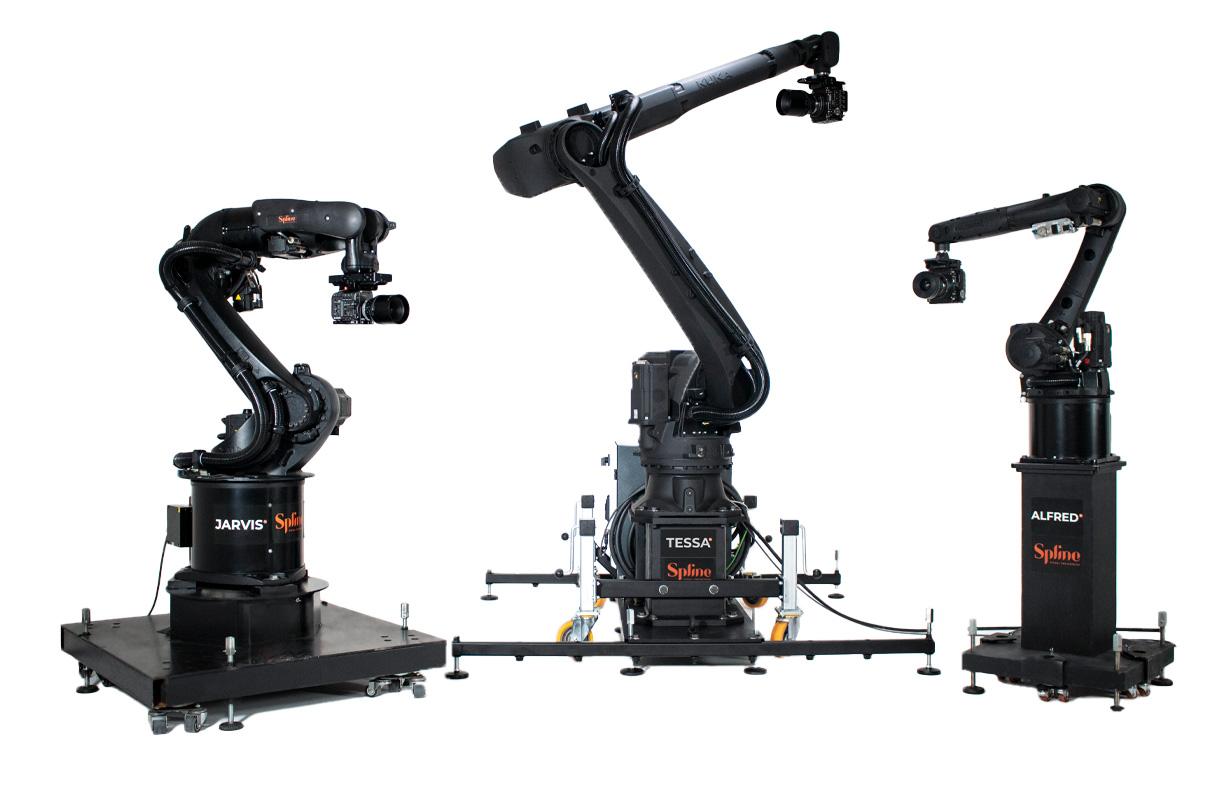Motion Control Market Overview:
In today's rapidly evolving technological landscape, the motion control market stands as a pivotal force driving innovation across various industries. From robotics to aerospace, automotive to healthcare, motion control systems play a crucial role in enhancing efficiency, precision, and safety in diverse applications. As businesses strive to optimize their operations and stay ahead in competitive markets, understanding the nuances of the motion control market becomes imperative. This article delves deep into the dynamics, trends, and future prospects of this thriving industry.
Understanding Motion Control: A Primer
Motion control encompasses a range of technologies and systems designed to regulate the movement of machinery and equipment. At its core, motion control involves the management of velocity, acceleration, and position of mechanical components to achieve desired performance outcomes. Whether it's a simple conveyor belt system or a sophisticated robotic arm, motion control solutions enable precise, synchronized movement in industrial automation settings.
Market Landscape and Growth Drivers
France motion control market has witnessed steady growth in recent years, propelled by several key factors. One of the primary drivers is the increasing adoption of automation across industries. As businesses strive to streamline processes, reduce operational costs, and improve productivity, the demand for advanced motion control systems continues to rise. Additionally, technological advancements, such as the integration of IoT (Internet of Things) and AI (Artificial Intelligence) capabilities into motion control devices, have expanded the scope of applications and enhanced performance levels.
Furthermore, the automotive sector has emerged as a significant contributor to the growth of the motion control market. With the rise of electric vehicles (EVs) and autonomous driving technologies, there is a growing need for sophisticated motion control solutions to ensure precise vehicle dynamics, safety, and comfort. Similarly, the healthcare industry relies on motion control systems for applications such as medical imaging, surgical robotics, and patient care devices, driving further market expansion.
Browse Detailed Report On - https://www.marketresearchfuture.com/reports/motion-control-market-1929
Emerging Trends and Innovations
Innovation remains at the forefront of the motion control market, with companies continually pushing the boundaries of what is possible. One notable trend is the development of compact, lightweight motion control components that offer high performance in constrained spaces. This trend is particularly relevant in sectors such as aerospace and consumer electronics, where miniaturization and weight reduction are critical considerations.
Another significant development is the increasing integration of motion control with machine learning algorithms. By leveraging data analytics and predictive modeling, manufacturers can optimize motion control parameters in real-time, improving efficiency, reliability, and energy efficiency. Moreover, the advent of collaborative robots, or cobots, is reshaping the landscape of industrial automation, enabling safe and flexible human-robot interaction in manufacturing environments.
Future Outlook and Opportunities
Looking ahead, the future of the motion control market appears promising, driven by ongoing technological advancements and expanding application areas. As industries continue to embrace automation and robotics, demand for motion control solutions will continue to grow. Moreover, the proliferation of smart devices and the IoT ecosystem will create new opportunities for motion control vendors to provide integrated, interconnected solutions that enhance operational efficiency and enable data-driven decision-making.
Furthermore, the convergence of motion control with other cutting-edge technologies such as augmented reality (AR) and virtual reality (VR) holds immense potential for transformative applications in fields like gaming, simulation, and training. By harnessing the power of motion control, developers can create immersive experiences that blur the lines between the physical and digital worlds.
Related Articles:
Conclusion:
The motion control market represents a dynamic and vibrant sector driving innovation and efficiency across various industries. With advancements in technology and increasing demand for automation, the market is poised for sustained growth in the years to come, offering exciting opportunities for businesses and investors alike.


